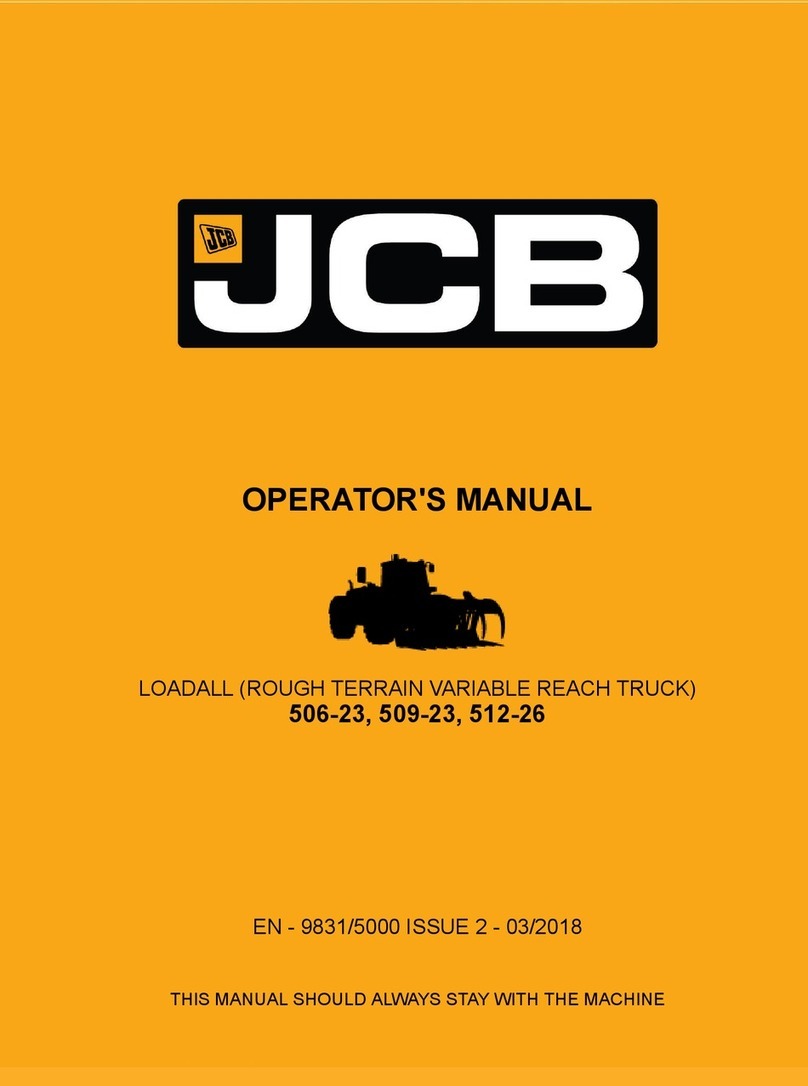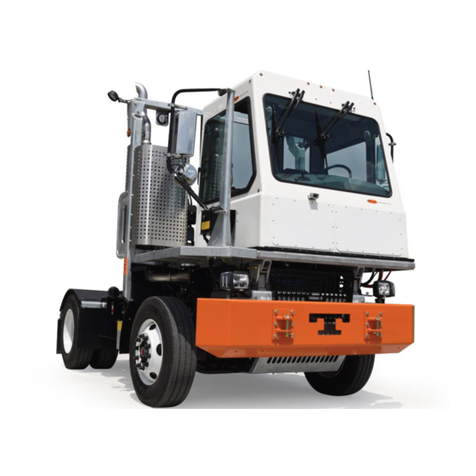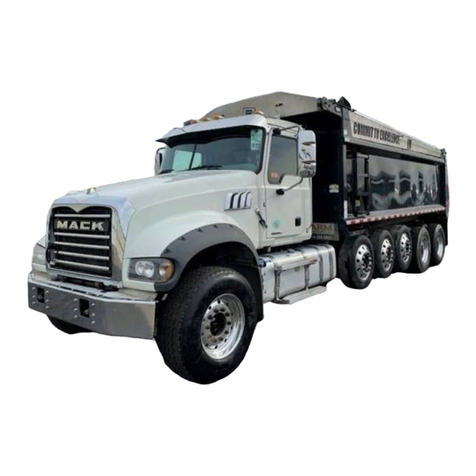Peterbilt 579 User manual
Other Peterbilt Truck manuals
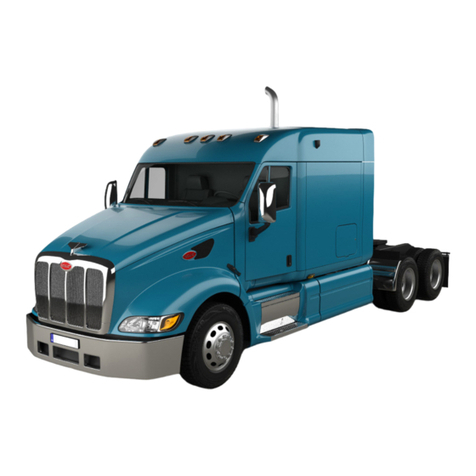
Peterbilt
Peterbilt 387 User manual
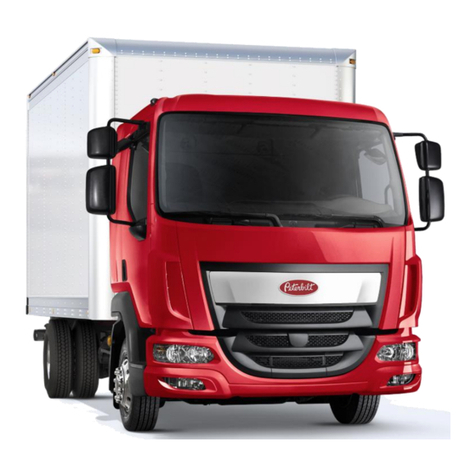
Peterbilt
Peterbilt 220 User manual
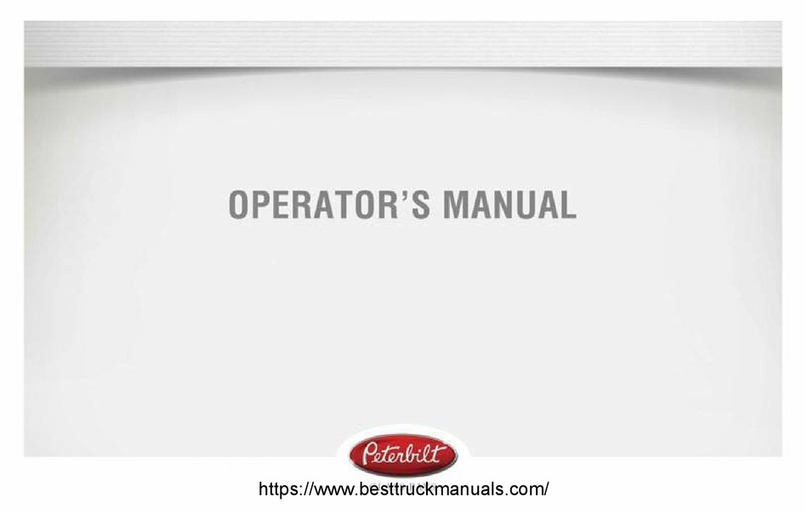
Peterbilt
Peterbilt 389 2017 User manual

Peterbilt
Peterbilt 389 2017 User manual
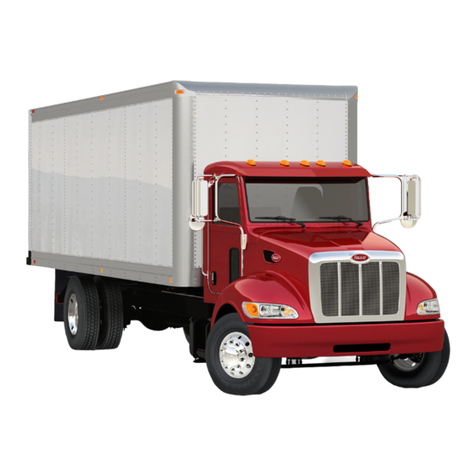
Peterbilt
Peterbilt 330 User manual
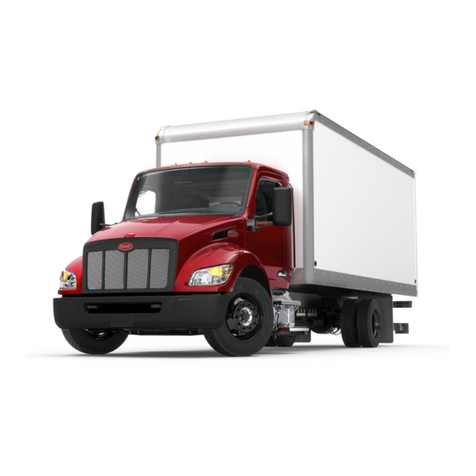
Peterbilt
Peterbilt 535 User manual
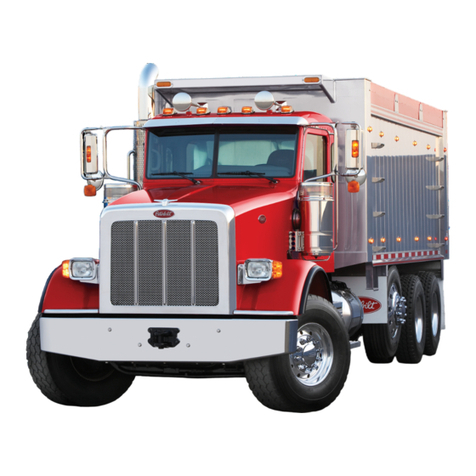
Peterbilt
Peterbilt 365 User manual

Peterbilt
Peterbilt 220 User manual
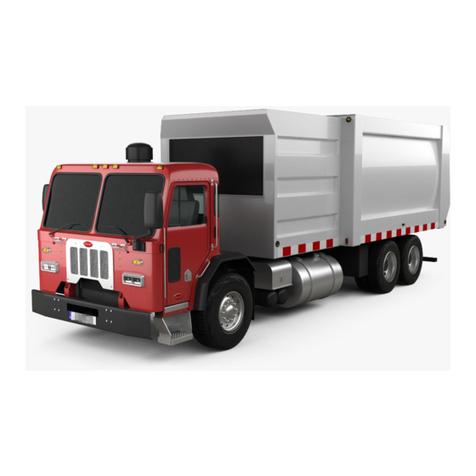
Peterbilt
Peterbilt 320 User manual
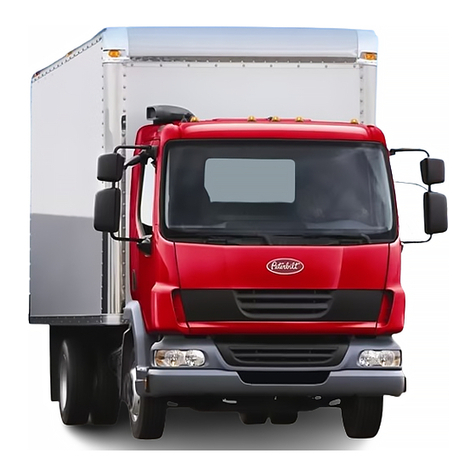
Peterbilt
Peterbilt 210 User manual











